I download a lot of pictures from the internet to use in my classroom - either in PowerPoints or as illustrations for worksheets and homework packets. Searching for really good pictures that really fit whatever purpose I want them for can be challenging.

Let's say that you want to find a good picture of ice cream for a class activity. If you do a simple image search on Google for "ice cream", you will get six and a half million hits. (I wish that was an exageration.)
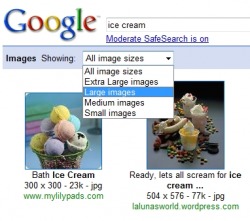
Now, you are pretty sure that at least one of those six million images will be perfect for your needs, but you will have to wade through huge numbers of pictures until you find what you are looking for. (If you are like me, you won't know what that is until you see it.)
You can cut down on those six million hits by restricting the size of the images. If you are looking for something to use in a PowerPoint, for instance, "Large" is a good bet.
Unfortunately, that still leaves you with 26,900 pictures to slog through. At twenty images per page that means that you will have to look at...um...er... - well, a lot of pages, anyway! After three or four pages worth of searching, this whole process becomes a lot like work and you end up settling for any picture that more-or-less, sort-of, kind-of serves your purpose.
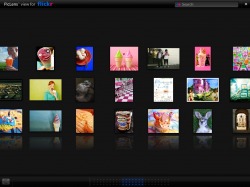
I've just discovered an application that makes the process of looking at large numbers of pictures a lot more pleasant. It's called PicLens.
Instead of presenting multiple pages of twenty or thirty images at a time, PicLens allows you to look at them all at once, in an almost three-dimentional experience. The pictures are laid out in a sort of a wall that you can zoom over, looking quickly to see if any of them look promising to you. If any do, you can zoom in for a closer look.
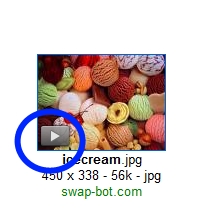
How To Use It:
Once you have downloaded the program to your computer, just do an image search like you normally would on Google Images, Flicker, YouTube, etc..., then click on the triangle button that appears on any of the thumbnail images. After ten or fifteen seconds, you will get the UltraCool Wall of Pictures. A little experimentation will show you how to navigate around and find pictures and videos quickly and gracefully.
Click here for a link to the PicLens website.
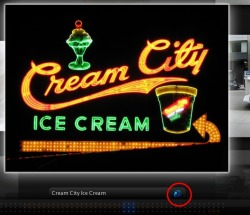
When you do find an image that you want to work with, click on the little icon beneath it shaped like a globe with an arrow (click image to see a larger picture), and a new browser window will open with that image's webpage on it.
I've only been using this toy for a few days, but at the moment, I'm still smitten. It seems to be an elegant program that is easy to use.
Plus, it looks really cool.

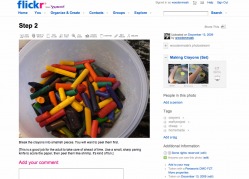
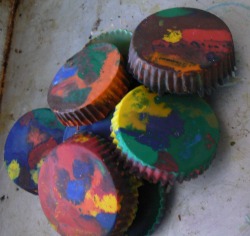
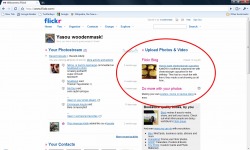
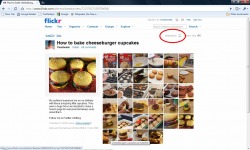
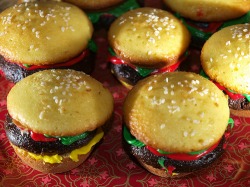





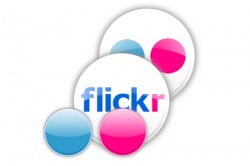
 RSS Feed
RSS Feed